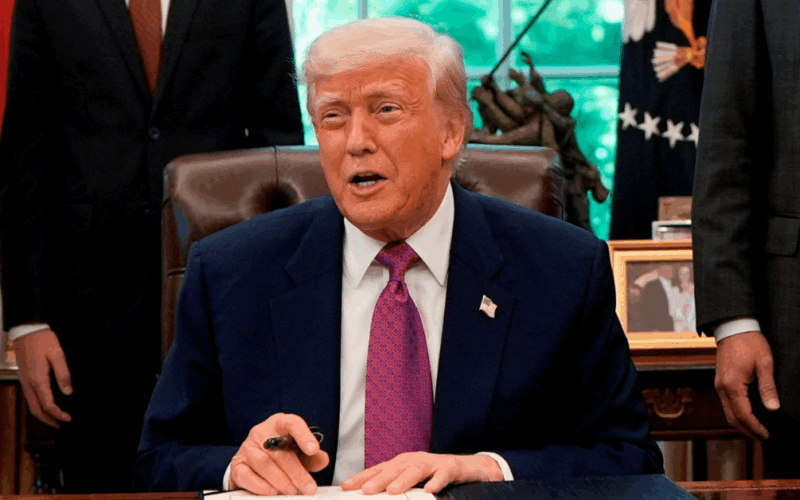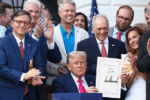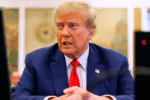High drug prices have been a major concern for many Americans, especially those who depend on expensive prescription medicines. In response, former President Donald Trump introduced an executive order aimed at lowering drug costs by using a strategy called ‘Most-Favored-Nation’ (MFN) benchmarking. This plan compares US drug prices to those in other countries to ensure fair pricing for consumers.
This new approach promises to shake up the pharmaceutical industry and make medicines more affordable. It could especially benefit younger people and families struggling with healthcare expenses. Let’s explore what this executive order means, how it works, and what impact it might have on drug prices in the United States.
What is the ‘Most-Favored-Nation’ Benchmarking?
The ‘Most-Favored-Nation’ benchmarking is a pricing system where the price of a drug in the US is tied to the lowest price paid in other developed countries. This means American patients and insurers would pay no more than the lowest price found among similar nations. The goal is to control rising drug costs by preventing companies from charging excessively high prices in the US compared to other countries like Germany, Canada, or Japan.
According to a report by CNBC, this plan targets about 50 high-cost drugs where prices in the US are far above international levels. By using global pricing data, the government aims to reduce Medicare spending and lower out-of-pocket costs for patients (CNBC).
How Does the Executive Order Work?
The executive order focuses mainly on Medicare, the US government health program for seniors and disabled people, which spends huge amounts on prescription drugs. Under the order, the Centers for Medicare & Medicaid Services (CMS) would calculate drug prices based on the average of the lowest prices from developed countries.
Pharmaceutical companies would have to accept these prices or risk their medicines not being covered by Medicare. This creates a strong incentive for drugmakers to reduce prices to remain competitive in the market. The order also hopes to reduce disparities between US and international drug prices.
Potential Benefits for Patients and the Healthcare System
This executive order could lead to significant savings for patients who face high drug costs. Many younger Americans and families struggle to afford medications that are essential for managing chronic diseases. More affordable drug prices would mean easier access to medicines, better health outcomes, and less financial strain.
Moreover, the US healthcare system as a whole may benefit by lowering overall Medicare drug spending. The savings could be redirected to other critical health services or reduce the financial burden on taxpayers. As per a study by Health Affairs, drug price reforms like these can reduce national healthcare expenditures while improving access to treatment (Health Affairs).
Criticism and Challenges Ahead
Despite its good intentions, the MFN executive order also faces criticism. Pharmaceutical companies argue that tying US drug prices to international prices may stifle innovation by reducing profits needed for research and development. Some healthcare providers worry about the impact on drug availability and quality.
Additionally, implementing such a policy poses complex legal and administrative challenges. The pharmaceutical industry has already taken steps to challenge the order in courts. Experts say that while the plan could lower prices in the long term, it may take years to see widespread effects (NPR).
What Does This Mean for Younger and Global Audiences?
For younger readers and audiences outside the US, the Trump executive order offers insight into global efforts to tackle high medicine prices. Many countries use price benchmarking to keep drug costs under control, making healthcare more affordable. The US adopting similar measures signals a shift towards fairer pricing strategies.
Understanding such policies helps us recognize the challenges healthcare systems face worldwide and the importance of balancing innovation with affordability. If successful, this approach could serve as a model for other nations striving to make medicines accessible to all.
Conclusion
Donald Trump’s ‘Most-Favored-Nation’ benchmarking executive order represents a bold step to address the problem of high drug prices in the United States. By linking US drug prices to the lowest prices in other developed countries, this policy aims to make medicines more affordable for patients and reduce healthcare spending.
While it has promising potential benefits, it also faces criticism and implementation difficulties. Whether or not it will bring lasting change remains to be seen, but it certainly highlights ongoing efforts to reform drug pricing and improve healthcare access for Americans and potentially the world.




